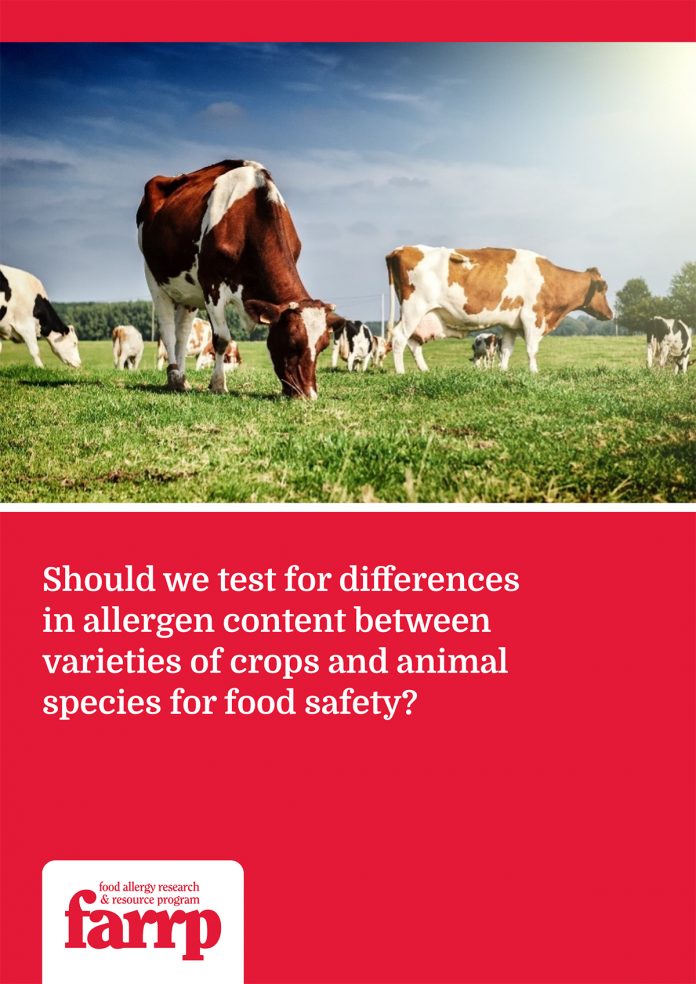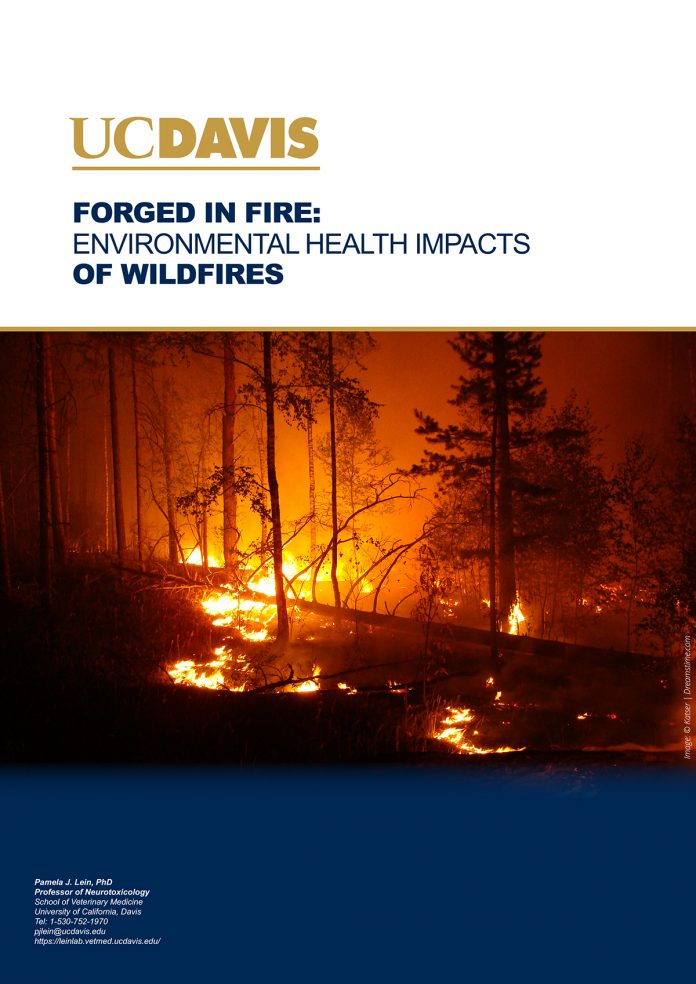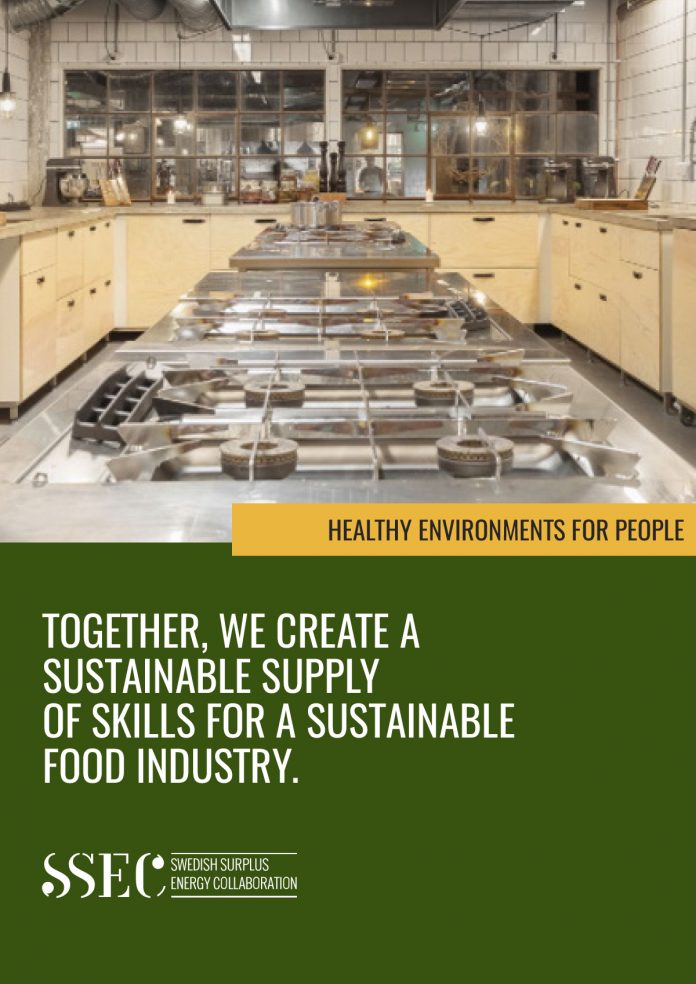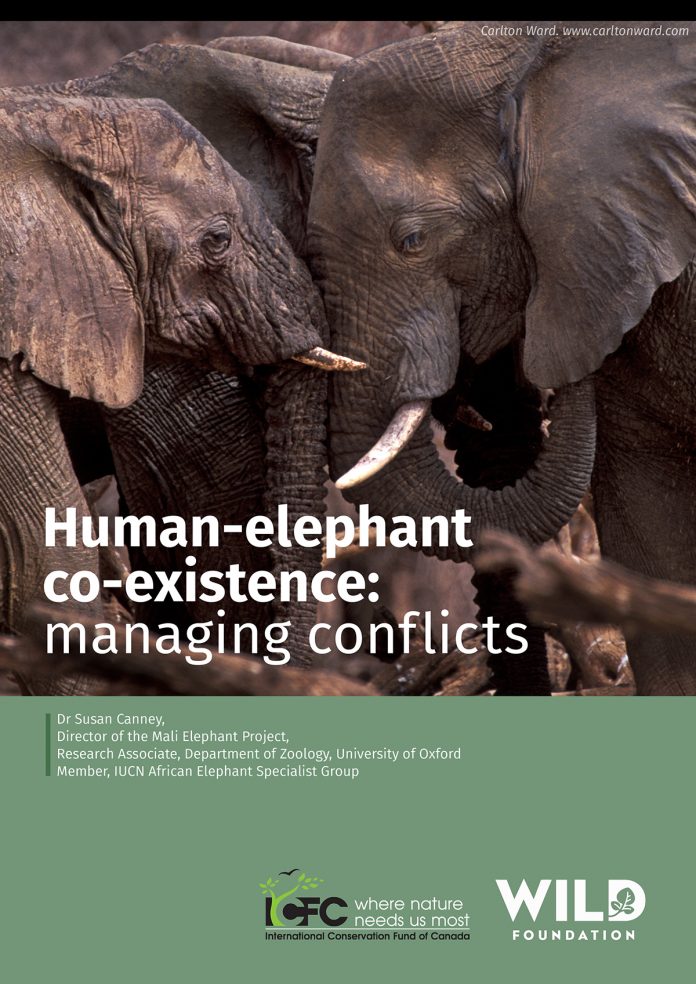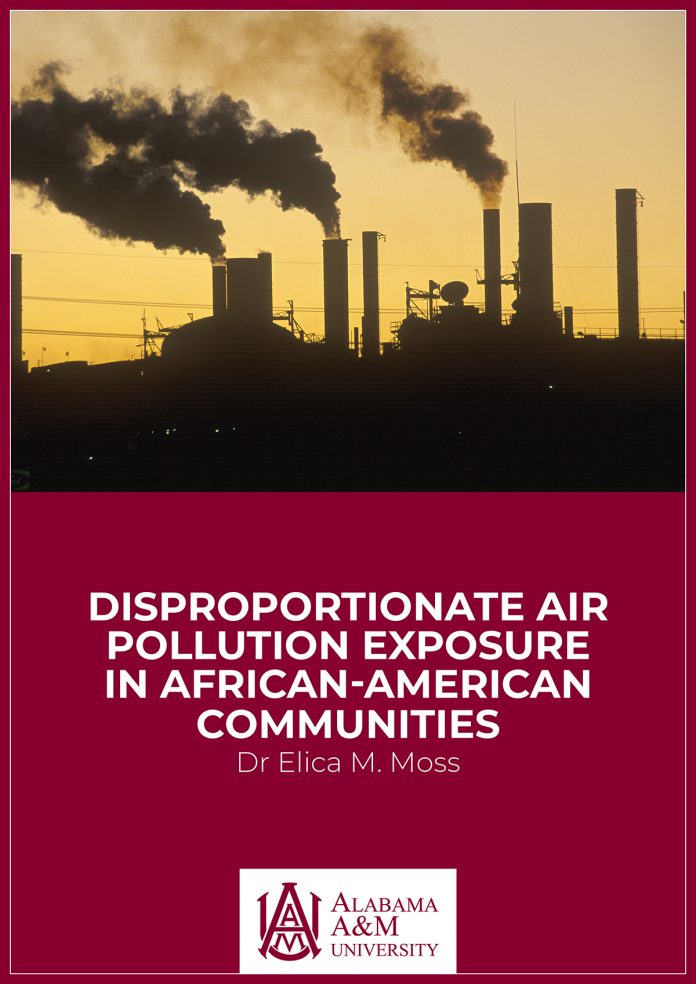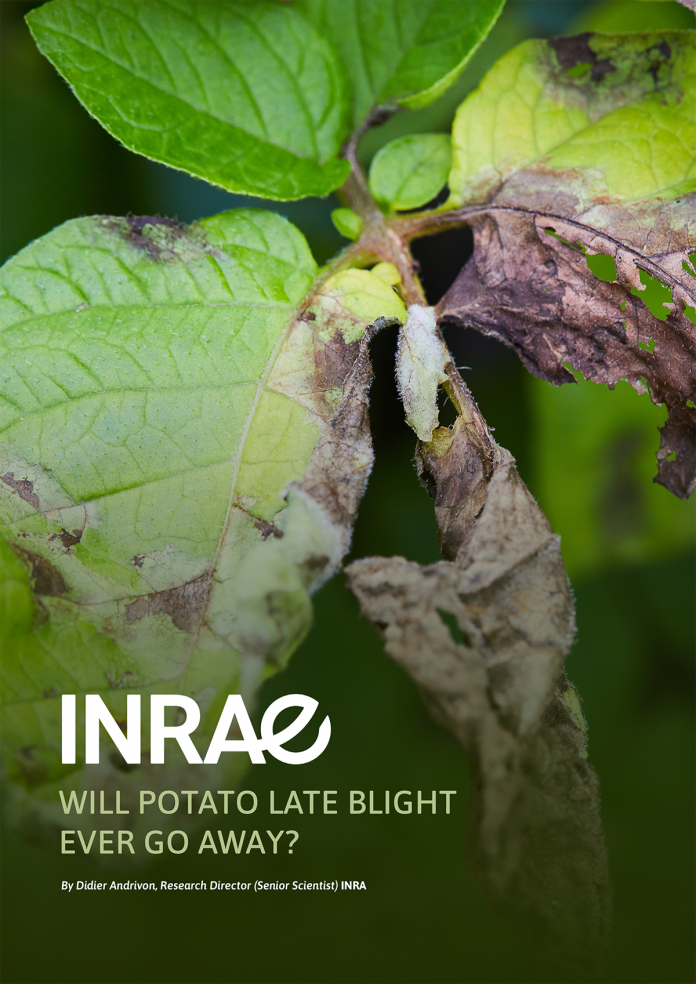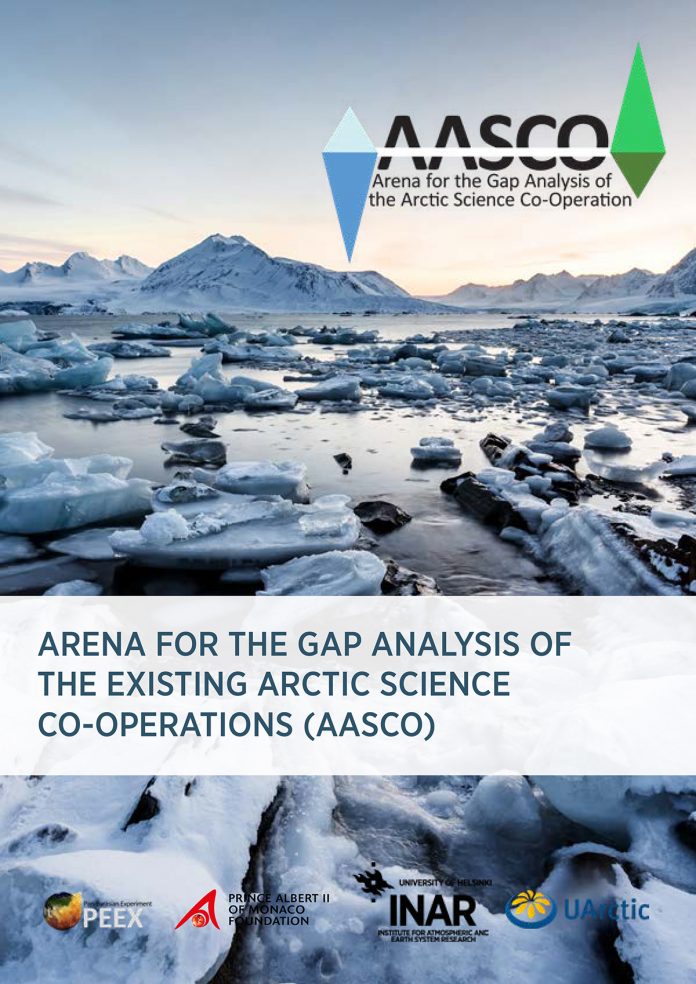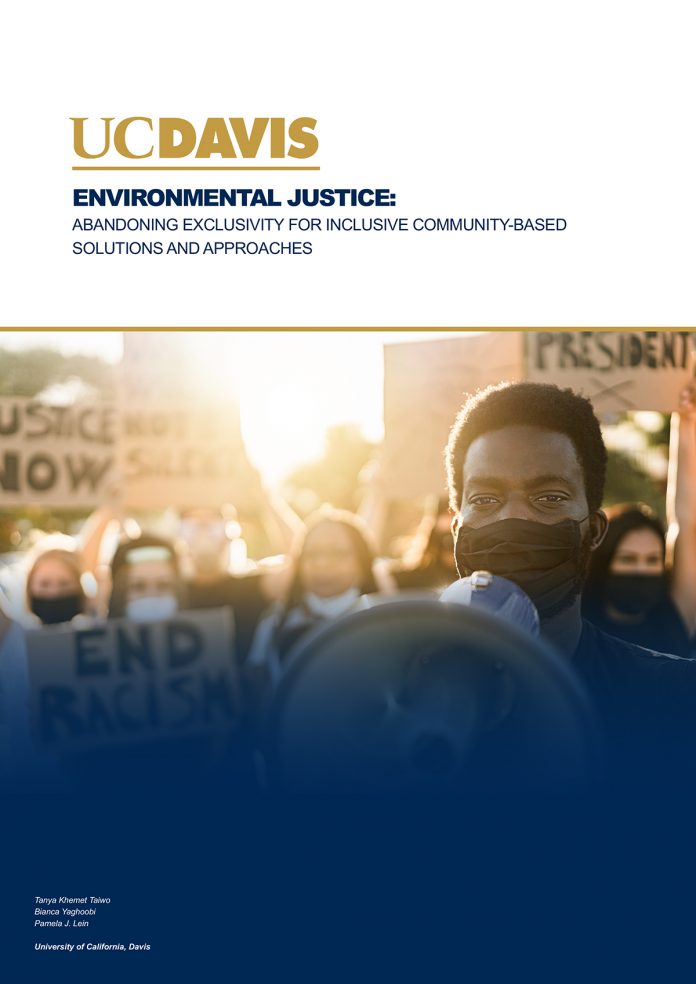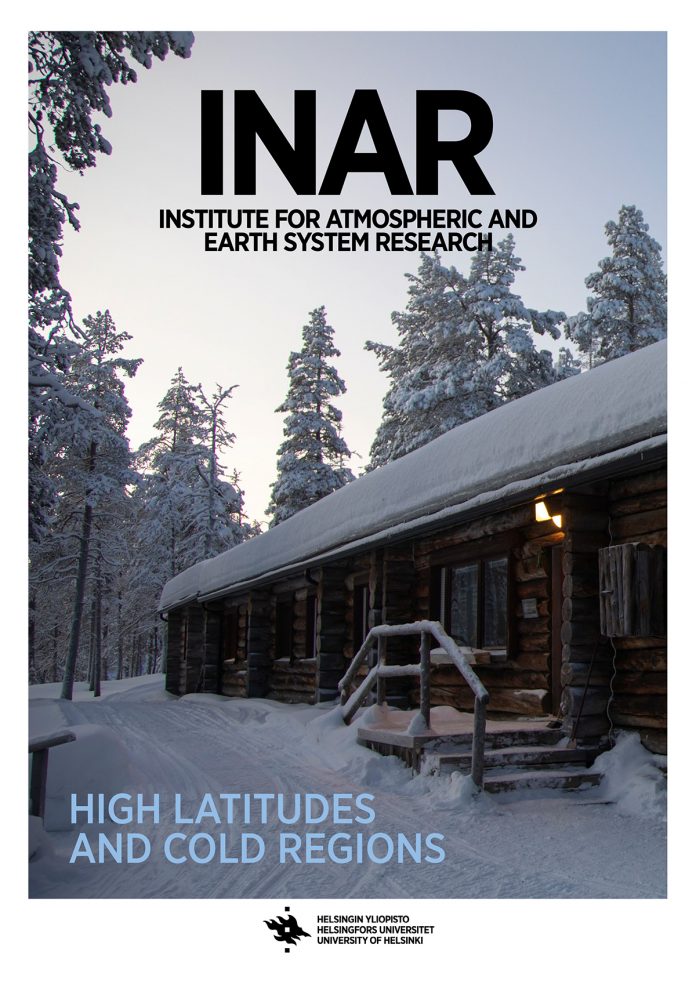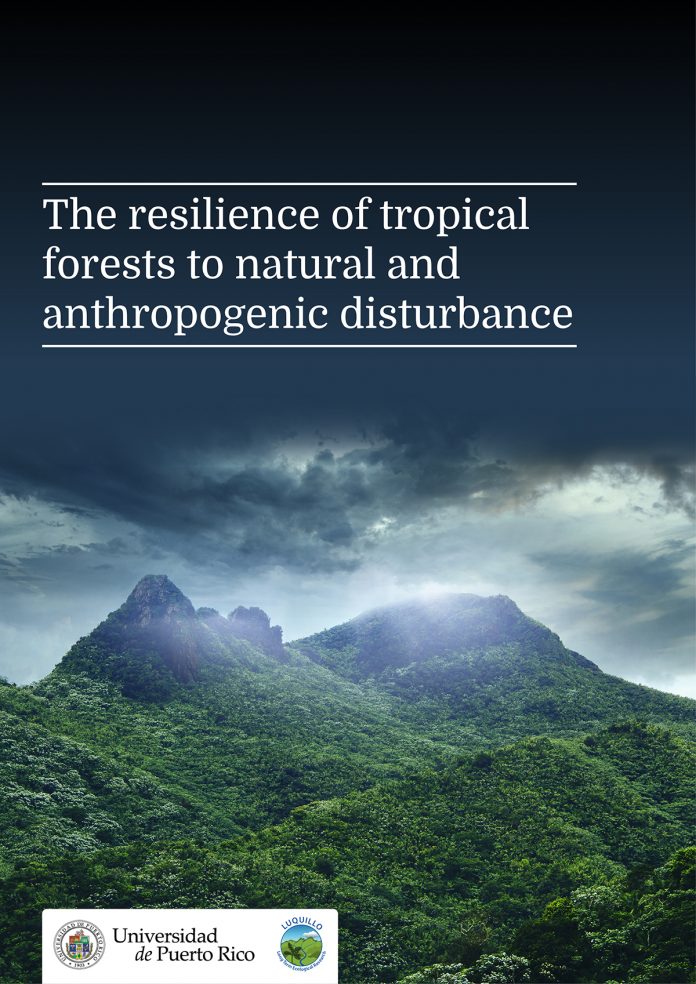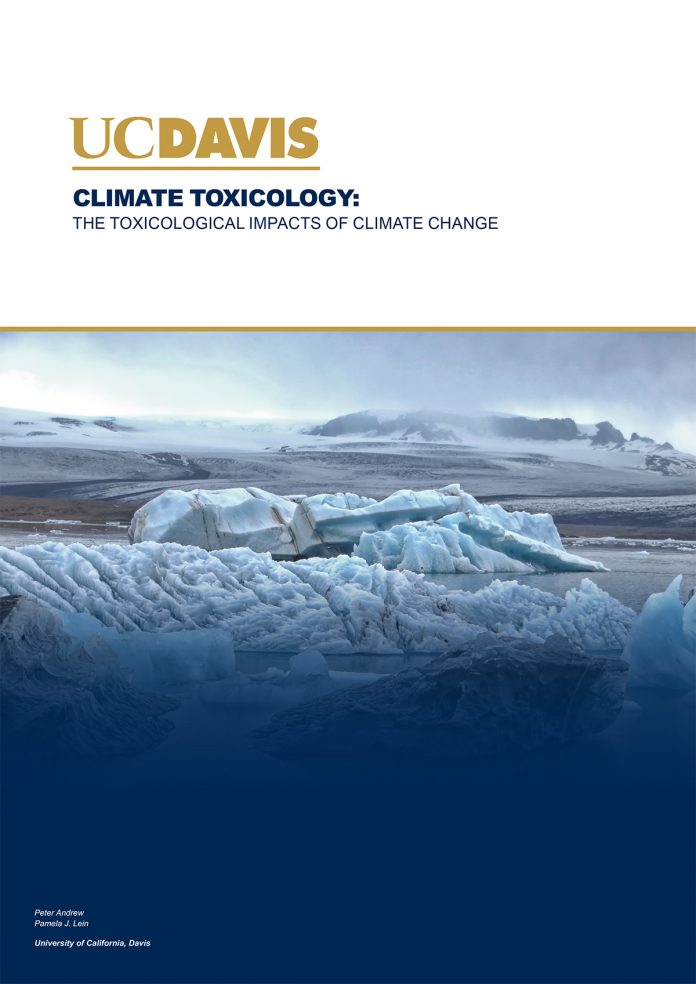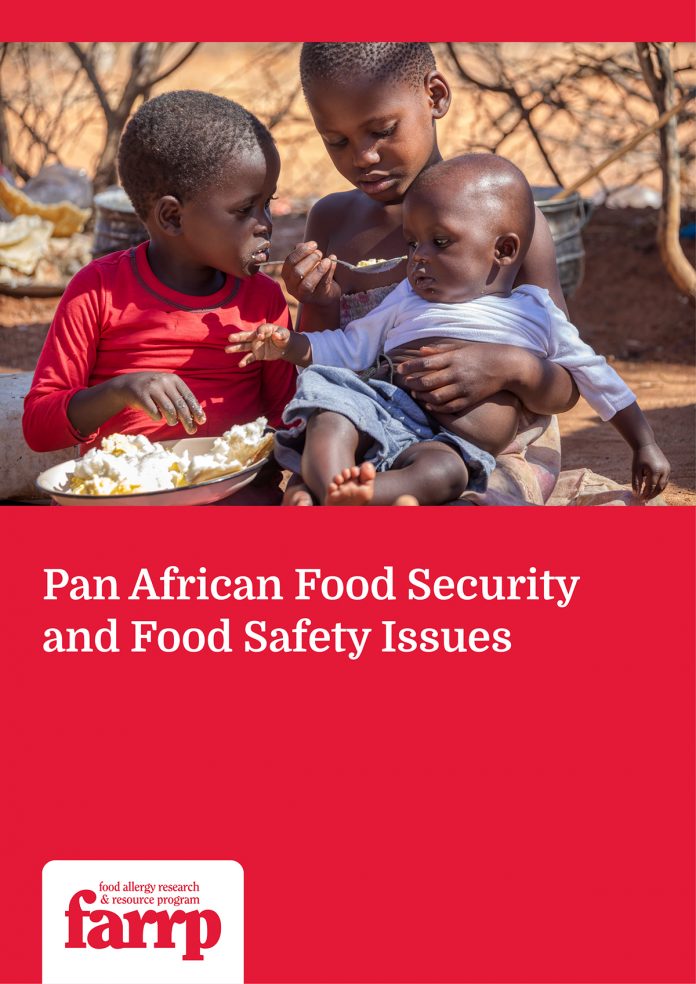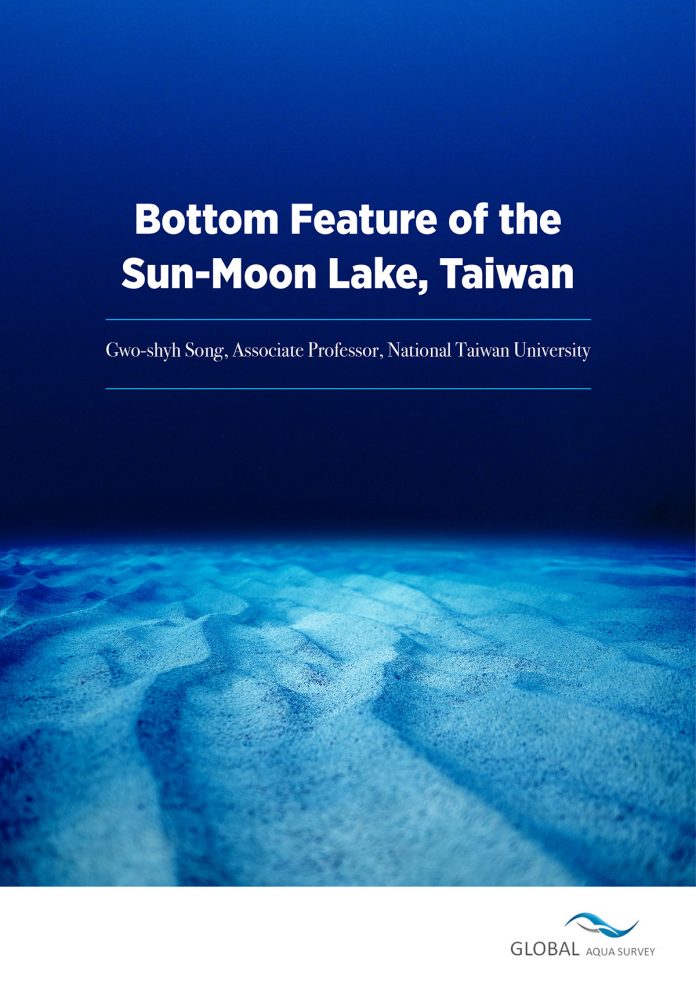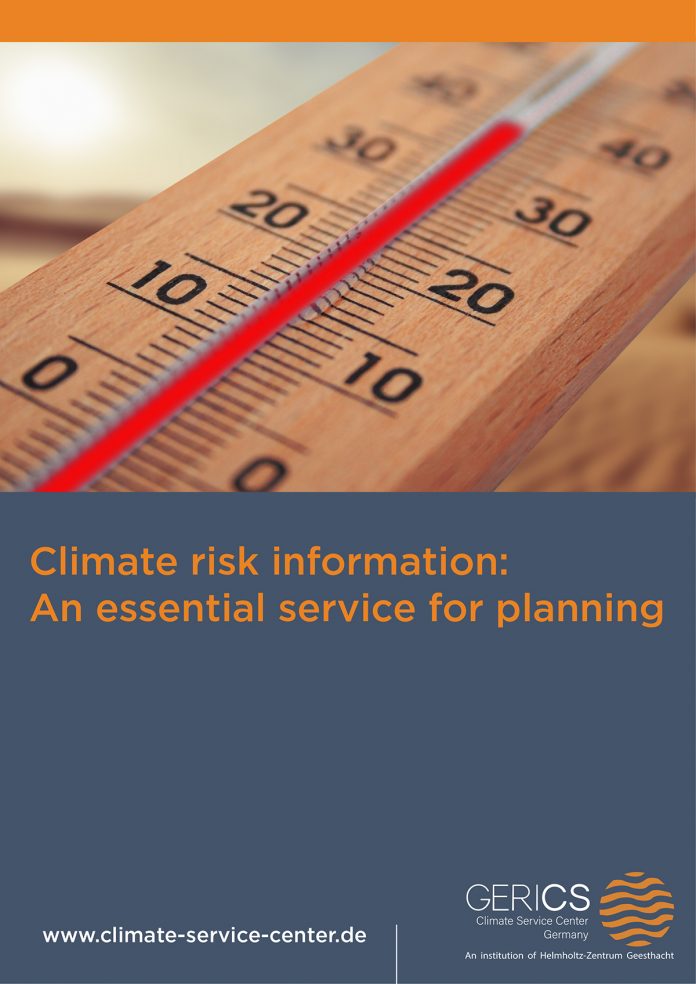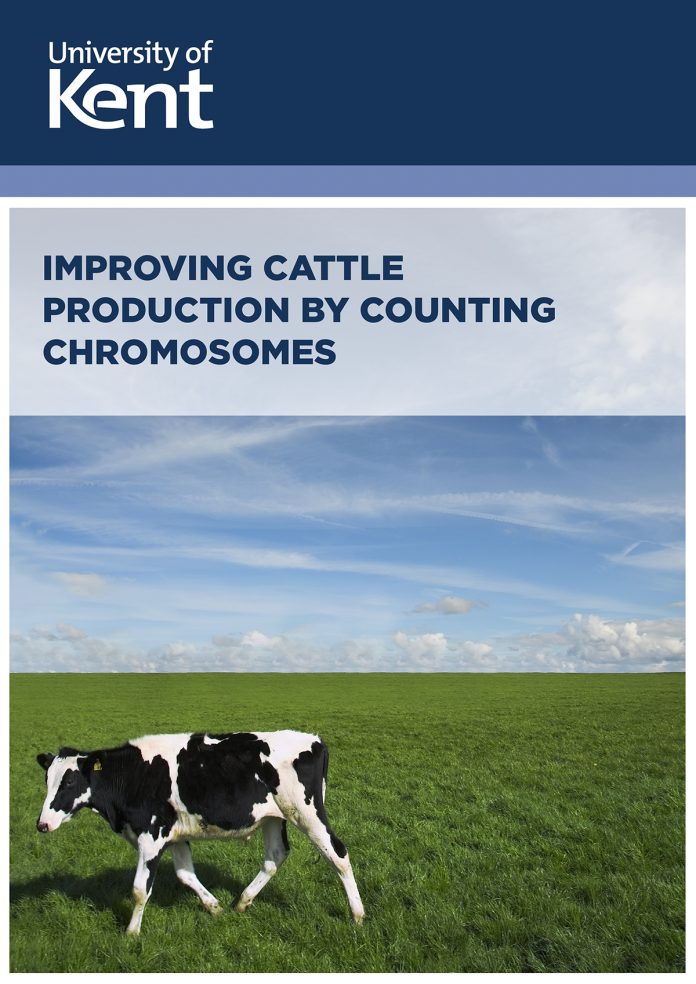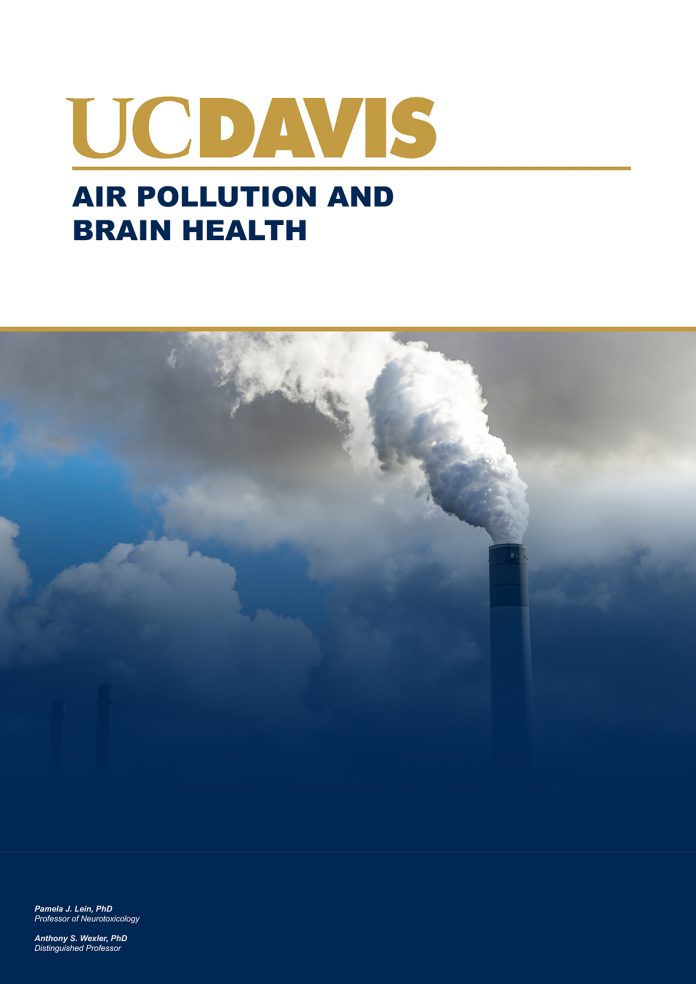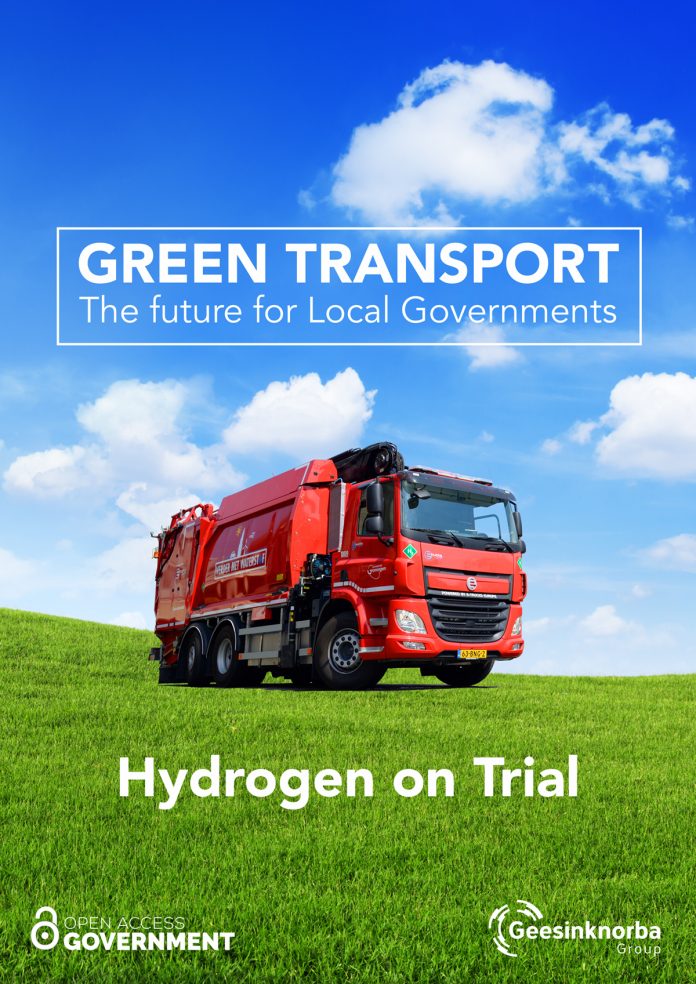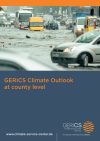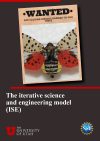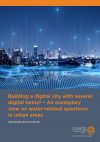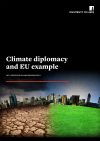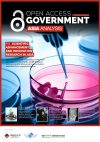Should we test for differences in allergen content between varieties of crops and animal...
Rick Goodman, Food Allergy Research and Resource Programme at the University of Nebraska, discusses tests for differences in allergen content between varieties of crops and animal species for food safety.
Why nuclear weapons and modern warfare are contrary to climate action
Dr Chanda Siddoo-Atwal, primary biochemist of Moondust Cosmetics Ltd, examines the realities of nuclear weapons and modern warfare.
Forged in fire: The environmental health risks of wildfires
Here, Pamela J. Lein discusses the environmental health risks of wildfires.
Together we create a sustainable supply of skills for a sustainable food industry
Here, the Swedish Surplus Energy Collection (SSE-C) reflects on one of the most crucial issues facing humanity today - a sustainable food industry.
Human-elephant co-existence: managing conflicts
Dr Susan Canney, Director of the Mali Elephant Project, WILD Foundation & International Conservation Fund Canada, explores human-elephant coexistence and the management of conflict.
Disproportionate air pollution exposure in African-American communities
Dr Elica A Moss, at Alabama A&M University, explains the ongoing issue of disproportionate air pollution exposure in African-American communities in the US.
Will potato late blight ever go away?
Here, Andrivon Didier, Research Director at INRAE, France’s National Research Institute for Agriculture, Food and Environment, discusses the existential threat of potato late blight.
Arena for the gap analysis of the existing arctic science co-operations (AASCO)
Here, The Institute for Atmospheric and Earth System Research (INAR) discuss the Arena for the gap analysis of the existing arctic science co-operations (AASCO).
Environmental Justice: Abandoning exclusivity for inclusive community-based solutions and approaches
Here, Tanya Khemet Taiwo, Bianca Yaghoobi, and Pamela J. Lein at University of California, Davis, discuss how to decolonise environmental justice.
High Latitudes and Cold Regions
Here, The Institute for Atmospheric and Earth System Research (INAR), discuss how the Cold regions of the Earth are facing climate change consequences.
The resilience of tropical forests to natural and anthropogenic disturbance
Here, Jess K. Zimmerman at the University of Puerto Rico explains the resilience of tropical forests to natural and anthropogenic disturbance - including the impact of climate change.
Climate Toxicology
Here, Peter Andrew and Pamela J. Lein discuss the unprecedented period of global climate change the Earth is going through.
Climate change, environmental justice and COVID-19
Here, Professor Pamela Lein at University of California, Davis, explains the 'perfect storm' unfolding in the intersection of climate change, environmental justice and COVID-19.
Pan African Food Security and Food Safety Issues
Rick Goodman, Food Allergy Research and Resource Programme at the University of Nebraska, discusses ongoing issues such as African food security in the wake of COVID and economic crises.
The unaccounted-for side of permafrost carbon
Permafrost carbon is one of the most imminent threats to the world's fight against climate change, discussed here by UCLouvain and then EU Environment Commissioner, Virginijus Sinkevičius.
Bottom feature of the Sun-Moon Lake, Taiwan
Here, Gwo-shyh Song, Associate Professor at National Taiwan University, discusses the energy and reservoir importance of the Sun-Moon Lake in Taiwan.
Climate risk information: An essential service for planning
Here, The Climate Service Center Germany (GERICS) talks us through some key strategies for using climate risk information to change the world.
Improving cattle production by counting chromosomes
Here, Professor Darren Griffin and Drs Beckky O’Connor, Giuseppe Silvestri and Lucas Kiazim, the University of Kent, discuss new innovations that are changing the cattle industry.
Air pollution and brain health
Here, Professor Pamela J. Lein and Professor Anthony S. Wexler of Neurotoxicology discuss the crucial issue of air pollution and brain health.
Green Transport – Hydrogen on trial
Here, several common questions about the viability of green transport in the imminent future are discussed in depth.



